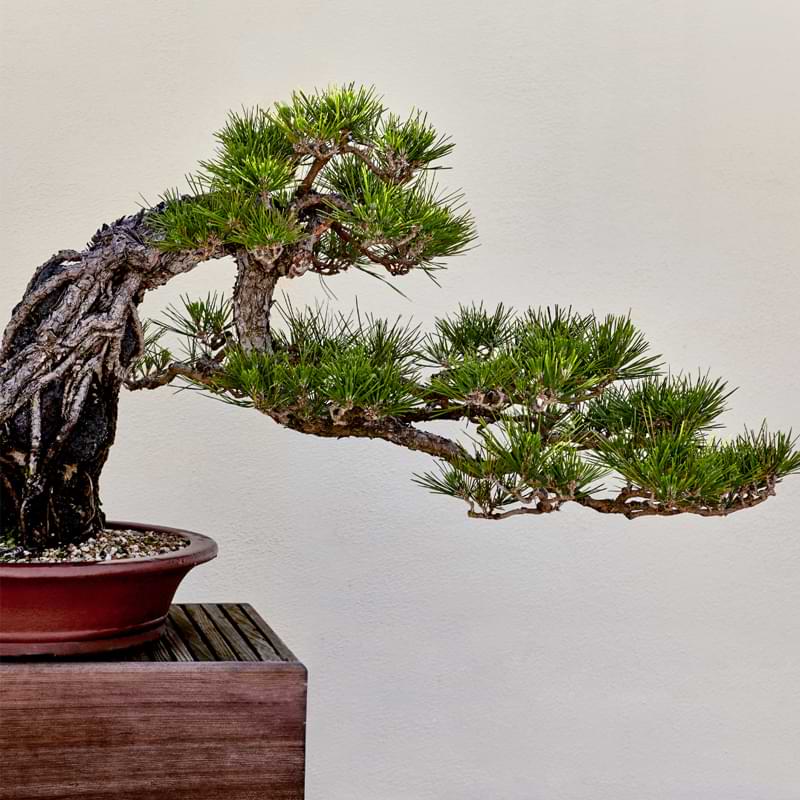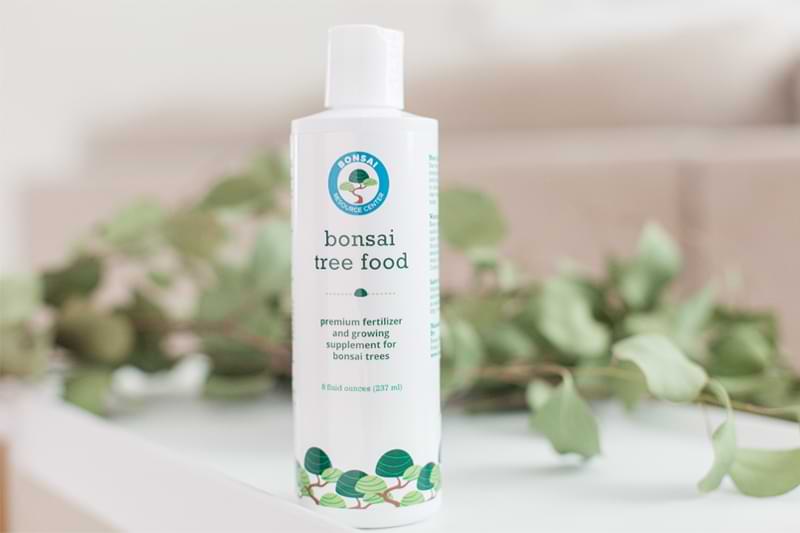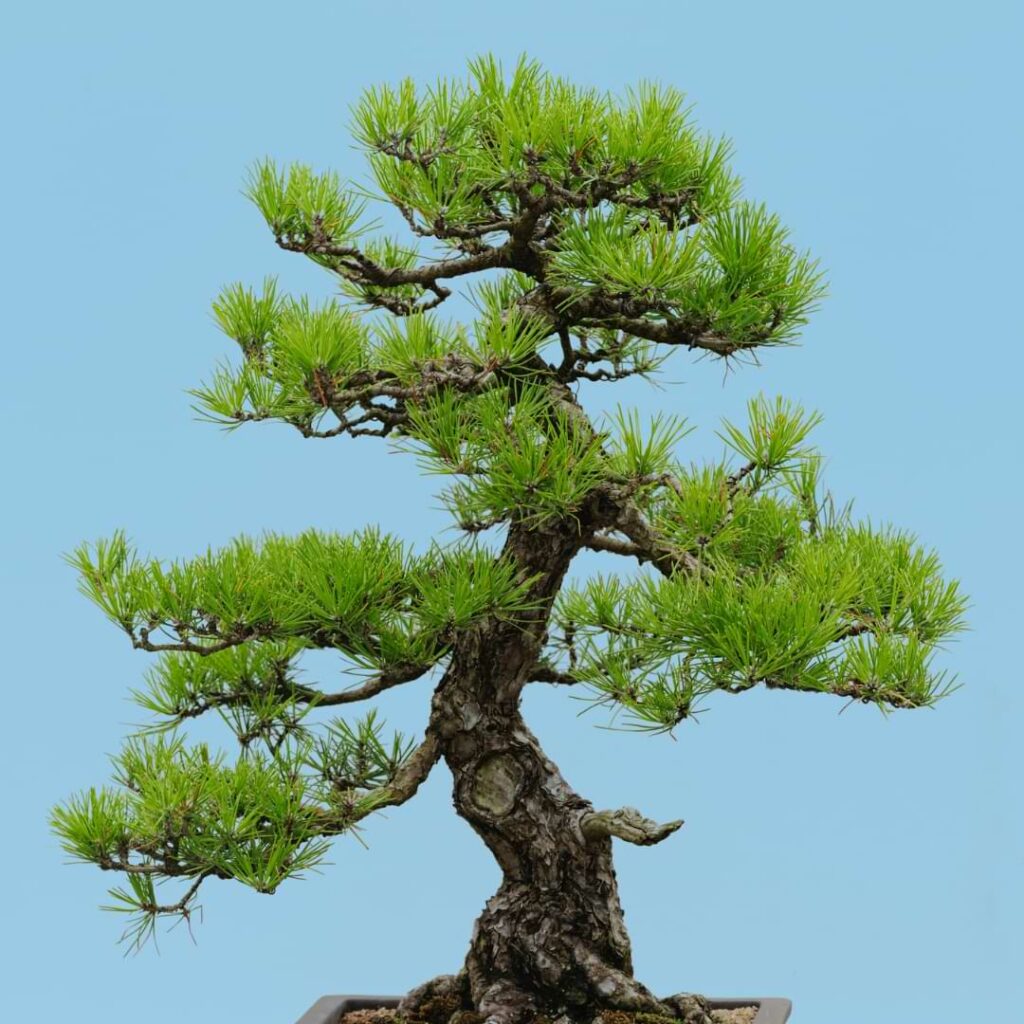Bonsai is an interesting and unique form of gardening that is centuries old and has been practiced in many cultures around the world. One of the most popular varieties of bonsai trees is the Japanese black pine, also known as Pinus thunbergii. This pine tree is native to Japan and Korea and is often used in bonsai because of its unique shape and slow growth rate.
Growing Japanese Black Pine Bonsai
Japanese black pine bonsai (Pinus thunbergii) is a beautiful, slow-growing tree that makes an excellent addition to any home. Though they can be difficult to care for, with proper attention, they will thrive and provide you with years of enjoyment.
With a little patience and care, you can enjoy the beauty of Japanese black pine bonsai for many years to come.
Can Japanese Black Pine Grow From Cuttings?
Although it is possible to grow a Japanese black pine from cuttings, it is not recommended. Cuttings are difficult to root and rarely produce trees that are true to the parent plant. If you choose to grow your pine from cuttings, be sure to use only healthy, disease-free cuttings and start them in a sterile rooting medium.
How Fast Does Japanese Black Pine Grow?
Japanese Black Pine trees are one of the fastest-growing conifers. In fact, they can grow up to 3 feet per year! However, when growing Japanese Black Pine bonsai, you will want to keep them much smaller. Bonsai growers often wire their trees to help shape and control growth.
Can You Grow Japanese Black Pine Indoors?
Japanese black pine bonsai can be grown indoors, but they require a fair amount of care to thrive inside, so follow the care guide included in this article to keep your black pine bonsai happy.
How Long Do Japanese Black Pines Live?
Japanese black pines are long-lived trees, with a lifespan of 100-200 years in the wild. In captivity, they can live even longer, provided they are given the proper care.
The key to a long and healthy life for your Japanese black pine bonsai is good care, so read on for a Japanese black pine bonsai care guide.
How Do You Thicken Japanese Black Pine?
There are a few different ways to thicken a Japanese black pine bonsai. One method is to prune the roots regularly. This will encourage the tree to produce new, thick roots. Another method is to wire the branches and trunk. This will cause the tree to put out new growth, which will be thicker than the existing growth.

How To Bonsai Japanese Black Pine
First, choose a healthy tree as your starting point. Avoid trees with damaged roots or branches, as these will be difficult to fix. If you’re growing from seed, care for it as you would any new plant until it gets to a size where you can start training it.
Prune the tree regularly to encourage growth in the desired direction and to keep it compact. Pines can be pruned quite heavily without doing harm to the tree. Wired branches can be used to shape the tree as desired. Be careful not to damage the bark when wiring.
Japanese Black Pine Styling
There are a few different ways to style Japanese black pine bonsai. The most common is the formal upright style, which is created by growing the tree in a pot that is slightly wider than it is deep. The tree should be placed in the center of the pot and allowed to grow straight up. Once it reaches the desired height, the branches can be wired into place to create a more formal look.
Another popular styling option for Japanese black pine bonsai is the informal upright style. This is similar to the formal upright style, but the tree is not as tightly controlled and the branches are not as evenly spaced. This gives the tree a more natural look.
The cascading style is also popular for Japanese black pine bonsai. In this style, the tree is grown in a pot that is deeper than it is wide, and the branches are trained to cascade down over the sides of the pot. This creates a dramatic look that is sure to impress anyone who sees it.
Japanese Black Pine Pruning And Training
Pruning and training are essential for creating a beautiful Japanese black pine bonsai. The best time to prune your tree is in late winter or early spring, before new growth begins.
To start, remove any dead or diseased branches. Cut back any long, leggy branches to encourage new growth. Next, thin out the foliage to allow light and air to reach the inner branches.
To create a desired shape, use wire to gently bend and train the branches. The wire should be applied carefully so as not to damage the bark. Start with thicker gauge wire for larger branches and switch to thinner gauge wire as you work on smaller branches.
If you want your bonsai tree to have a more compact shape, you can also do some pinching and tipping. Pinching is done by gently squeezing the new growth between your thumb and forefinger until about half of the needles turn brown and die back. Tipping is done by simply breaking off the tips of new growth. Both of these techniques should be done sparingly, as too much can damage the tree.
Japanese black pines are beautiful trees that can make stunning bonsai specimens. With proper care and pruning, you can create a work of art that will be enjoyed for many years to come.
Japanese Black Pine Bonsai Care Guide
Caring for a Japanese black pine bonsai tree is fairly simple, but there are a few things to keep in mind to ensure your bonsai tree thrives.
Position and Light
While Black Pines can grow in a wide range of light levels, but they will always do best in direct sunlight. Positioning your plant in a window that gets direct afternoon light would keep your bonsai tree happy. If you want your tree in a different spot that does not receive as much sunlight, you may need to install grow lights to help your plant get enough light.
Humidity And Temperature
As with most bonsai, the Japanese Black Pine prefers a semi-humid environment. This can be achieved by setting the tree on a humidity tray or by misting it regularly. It should not need a humidifier.
The ideal temperature range for this tree is between 50 and 70 degrees Fahrenheit. This tree does not like extremely warm temperatures, so avoid taking it outside to soak up sunshine in the summer.
Soil Type
When choosing a soil for your Japanese black pine bonsai, it is important to select one that has good drainage. Bonsai roots need access to oxygen in order to stay healthy, so soils that stay wet for long periods of time are not ideal. Sandy soils or those with high organic content are best as they drain quickly and do not compact easily. It’s best to choose a bonsai-specific potting soil to take the guesswork out of it completely.
Watering Frequency
One of the best ways to tell if your bonsai needs watering is to stick your finger into the soil up to the first knuckle. If it feels dry, it’s time to water.
If you live in a hot climate or it’s summer, you’ll need to water your bonsai more often than if you live in a cooler climate or it’s winter. The same goes for trees that are growing actively; they’ll need more water than trees that are dormant.
Don’t let your bonsai sit in water; once it’s been watered, empty any excess from the drip tray or saucer beneath the pot. If possible, try to avoid getting water on the leaves, as this can cause them to brown and drop off.

Fertilizing Japanese Black Pine
Japanese black pine trees are slow growers, so they don’t need a lot of fertilizer. In fact, too much fertilizer can actually harm the tree. An easy way to give your bonsai tree the nutrients it needs is with a specially formulated Bonsai Plant Food that has just enough nutrients to use it every time you water without harming the plant.
When To Repot
If your bonsai is growing too large for its pot or if the roots are growing out of the drainage holes, then it’s time to repot. Repotting should be done every 2-3 years for young trees and every 3-5 years for older trees. The best time to repot is in early spring before new growth begins.
To repot, start by soaking the tree in a tub of water for 30 minutes. This will help to soften the roots and make them easier to work with. Next, gently remove the tree from its pot and loosen the root ball. Be careful not to damage the roots.
Add some fresh bonsai soil mix to the bottom of your new pot and place your tree in it. Gently backfill around the roots with more soil mix, being careful not to compact it too much.
Water well and allow the tree to drain before placing it back in its spot. During the first few weeks after repotting, keep an eye on your tree and water as needed to prevent stress on the roots.
FAQs Japanese Black Pine Bonsai
How often should I water my Japanese black pine bonsai?
You should water your Japanese black pine bonsai when the soil is dry to the touch. Be careful not to over-water, as this can lead to root rot.
How often should I fertilize my Japanese black pine bonsai?
Fertilize your Japanese black pine bonsai every two weeks during the growing season (spring and summer), using a balanced fertilizer. Reduce fertilizer frequency to once a month in fall and winter. Or use a plant food that can be applied with every watering.
What type of pot is best for my Japanese black pine bonsai?
A glazed or unglazed ceramic pot with good drainage holes is ideal for a Japanese black pine bonsai. Avoid plastic pots, as they do not provide adequate drainage.
How often should I repot my Japanese black pine bonsai?
Repot your black pine bonsai every two to three years, in early spring, before new growth begins.
Bonsai With Us!
The Bonsai Resource Center is here to help you learn about all things bonsai and provide you the tools you need to keep your plant healthy and strong. Explore our other articles, visit our online shop, and connect with other bonsai lovers in our Facebook group to learn everything you need to know about this rewarding hobby.



